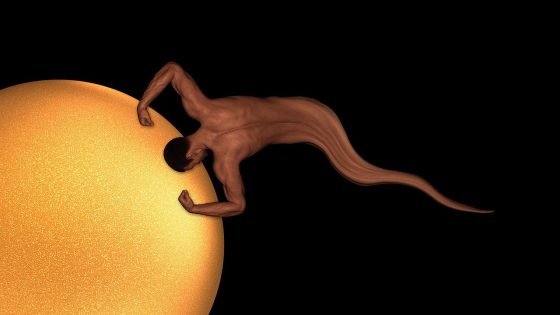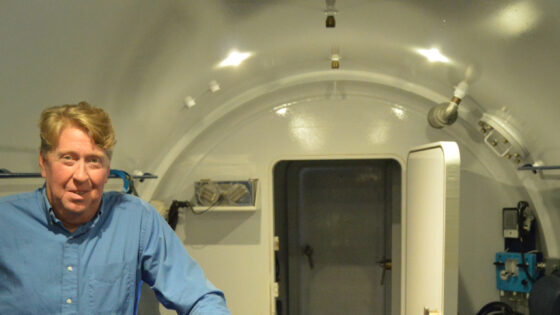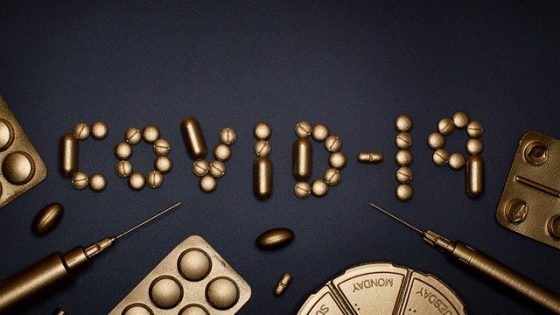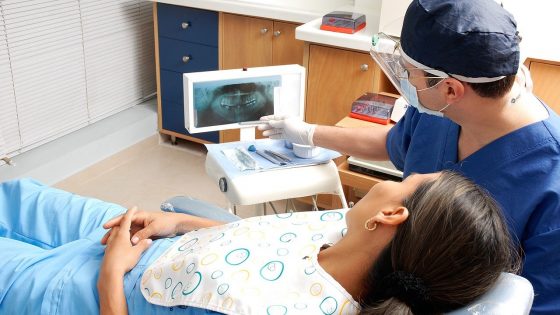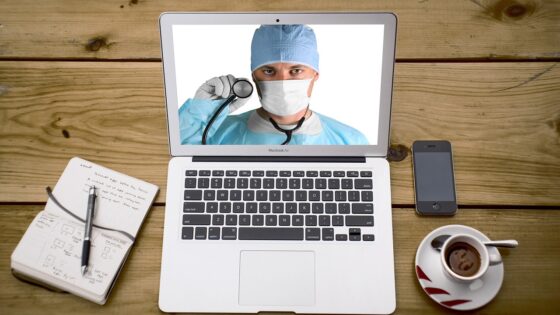diffuse optical imaging
A procedure that uses light waves to create 2-dimensional (2-D) or 3-dimensional (3-D) pictures of tissues inside the body. Diffuse optical imaging may be used to look at blood flow to the tissues and to measure changes in the amount of oxygen in them. This may help show the difference between normal and abnormal tissue. Diffuse optical imaging may be especially useful for looking at soft tissue, such as breast and brain tissue. It is being studied as an imaging test to help diagnose early-stage breast cancer and other conditions. Also called DOI.
diffuse optical tomography
A procedure that uses light waves to create 3-dimensional (3-D) pictures of tissues inside the body. The pictures are created by a computer linked to the light source. Diffuse optical tomography may be used to look at blood flow to the tissues and to measure changes in the amount of oxygen in them. This may help show the difference between normal and abnormal tissue. Diffuse optical tomography may be especially useful for looking at soft tissue, such as breast and brain tissue. It is being studied as an imaging test to help diagnose early-stage breast cancer and other conditions. Also called DOT.
difluoromethylornithine
A substance being studied in the treatment of cancer. Also called DFMO.
digestion
The process of breaking down food into substances the body can use for energy, tissue growth, and repair.
digestive system
The organs that take in food and liquids and break them down into substances that the body can use for energy, growth, and tissue repair. Waste products the body cannot use leave the body through bowel movements. The digestive system includes the mouth, pharynx (throat), esophagus, stomach, small intestine, large intestine, rectum, and anus. It also includes the salivary glands, liver, gallbladder, and pancreas, which make digestive juices and enzymes that help the body digest food and liquids. Also called gastrointestinal system.
digestive tract
The organs that food and liquids travel through when they are swallowed, digested, absorbed, and leave the body as feces. These organs include the mouth, pharynx (throat), esophagus, stomach, small intestine, large intestine, rectum, and anus. The digestive tract is part of the digestive system. Also called alimentary tract and gastrointestinal tract.
digital image analysis
A method in which an image or other type of data is changed into a series of dots or numbers so that it can be viewed and studied on a computer. In medicine, this type of image analysis is being used to study organs or tissues, and in the diagnosis and treatment of disease.
digital mammography
The use of a computer, rather than x-ray film, to create a picture of the breast.
digital photography
A type of photography in which images can be viewed on a computer screen.
digital rectal examination
An examination in which a doctor inserts a lubricated, gloved finger into the rectum to feel for abnormalities. Also called DRE.



